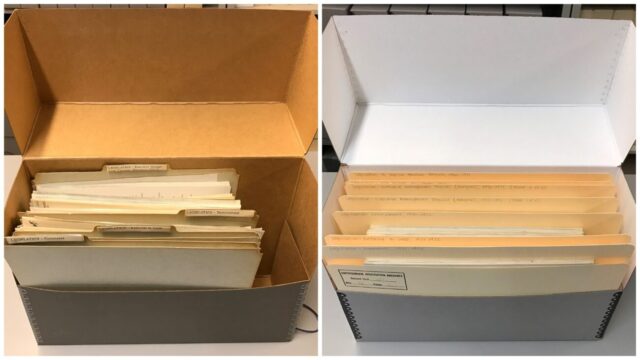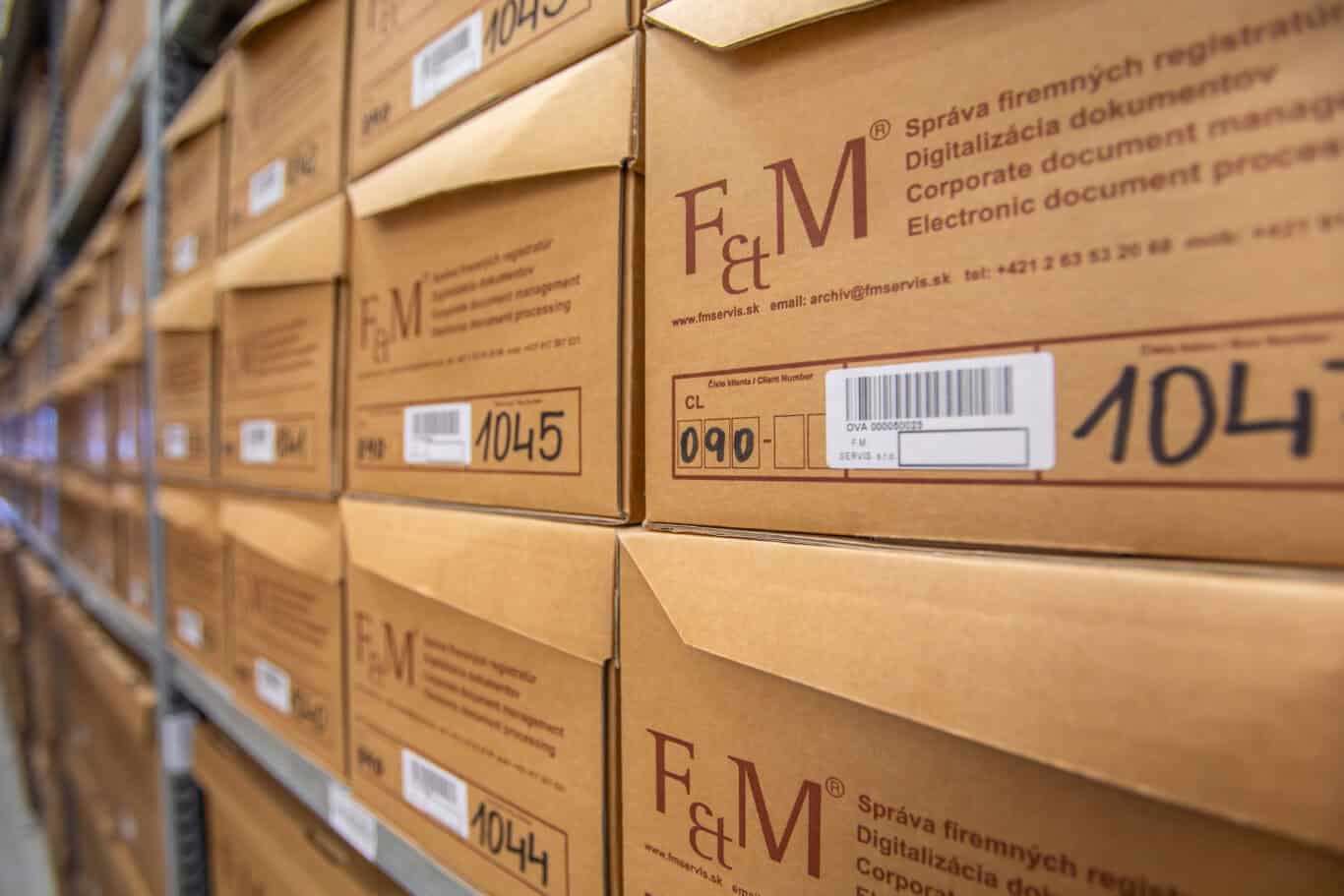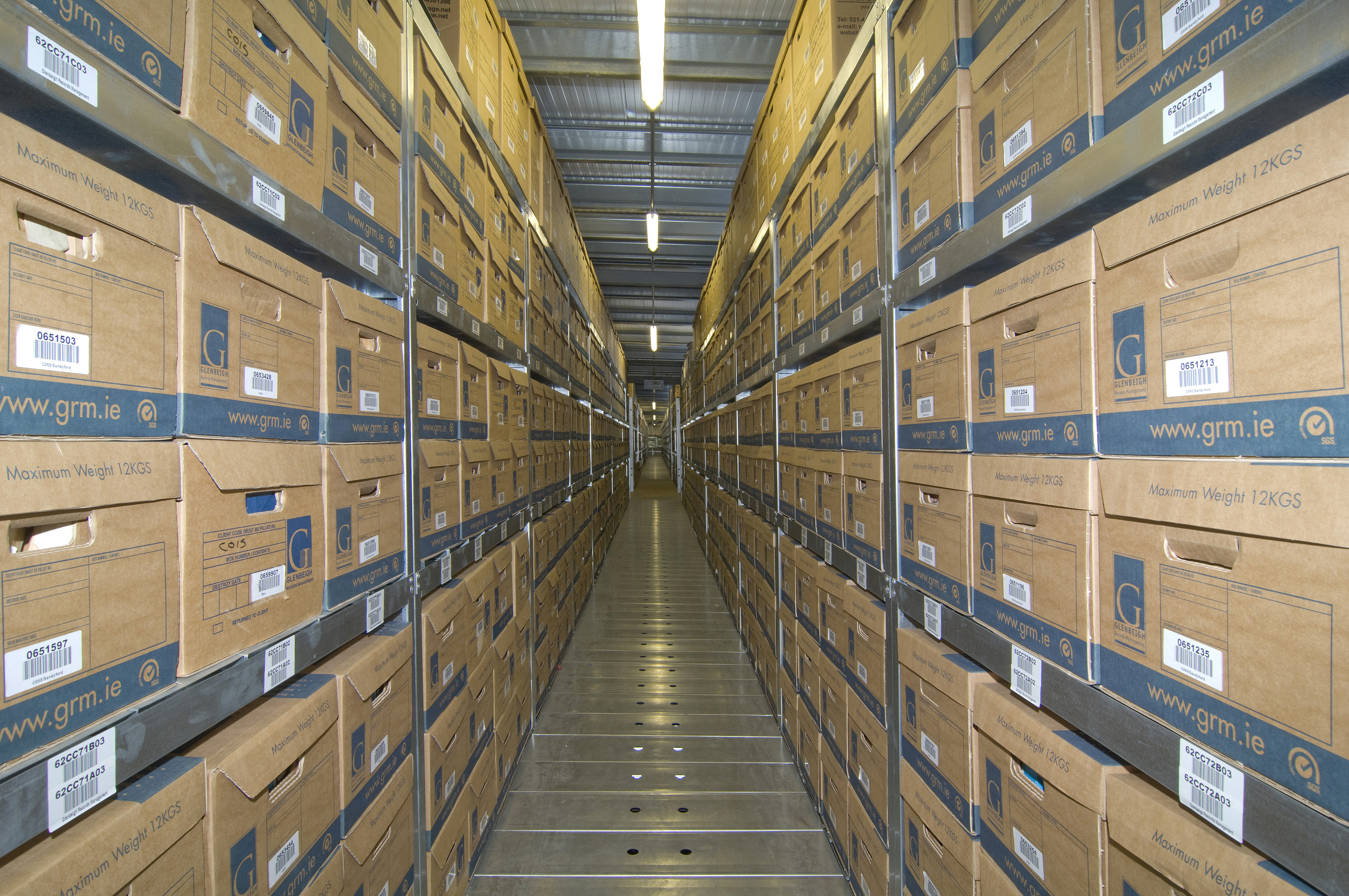
Efficient record management is essential for any organization that values productivity, compliance, and order. Over time, offices accumulate a wide range of paperwork—from invoices and contracts to personnel files and reports. Without a proper storage system, these records can quickly become disorganized or even damaged. The solution lies in using the right archive box—a simple yet powerful tool that ensures your documents remain safe, accessible, and easy to retrieve when needed.
Why Archive Boxes Matter for Office Storage

Archive boxes are designed to keep paper records neat, protected, and categorized. They serve as the backbone of a structured filing system, allowing businesses to manage their physical records efficiently.
Unlike loose folders or open shelves, archive boxes safeguard documents from dust, light, and accidental spills. They also make it possible to store files vertically, saving valuable floor space and allowing easy stacking. In addition, properly labeled boxes simplify retrieval—employees can quickly locate specific records without sifting through piles of paper. This level of organization not only boosts efficiency but also supports compliance with document retention policies.
Key Features to Consider When Selecting an Archive Box

When choosing an archive box, it’s important to evaluate several features to ensure long-term functionality.
1. Size and capacity: Select a box that suits your document format—A4, letter, or legal. Avoid oversized boxes that become heavy or awkward to handle once filled.
2. Material durability: Opt for double-walled corrugated cardboard or reinforced plastic for long-term strength. These materials resist bending and crushing, especially when boxes are stacked.
3. Accessibility and design: Boxes with attached lids, cut-out handles, or front-opening panels offer convenience and minimize strain during handling. Some designs even feature removable lids for quick document access.
4. Labeling and identification: Clear labeling areas are essential. Choose boxes with pre-printed panels or writable surfaces to record categories, dates, or departments for easier tracking.
A good archive box balances practicality, durability, and cost efficiency—helping you maintain order while reducing the risk of document loss.
Environmental and Cost Considerations

Sustainability is another factor worth considering. Eco-friendly archive boxes made from recycled materials are both durable and environmentally responsible. They protect your records while aligning with modern green office standards.
From a financial perspective, investing in high-quality boxes saves money in the long run. Low-cost, thin boxes deteriorate quickly, leading to frequent replacements and damaged contents. Durable boxes may cost slightly more initially but offer better protection and a longer service life.
Also, consider your storage conditions. In damp or unregulated environments, moisture-resistant boxes or plastic containers are ideal for preventing paper decay, mold, or insect damage.
Conclusion
Selecting the perfect archive box goes beyond aesthetics—it’s a decision that affects how effectively your organization safeguards its most important information. By considering size, strength, design, and environmental factors, you ensure that your files stay organized and protected for years to come. For additional guidance and detailed product options, [learn more about archive box].



